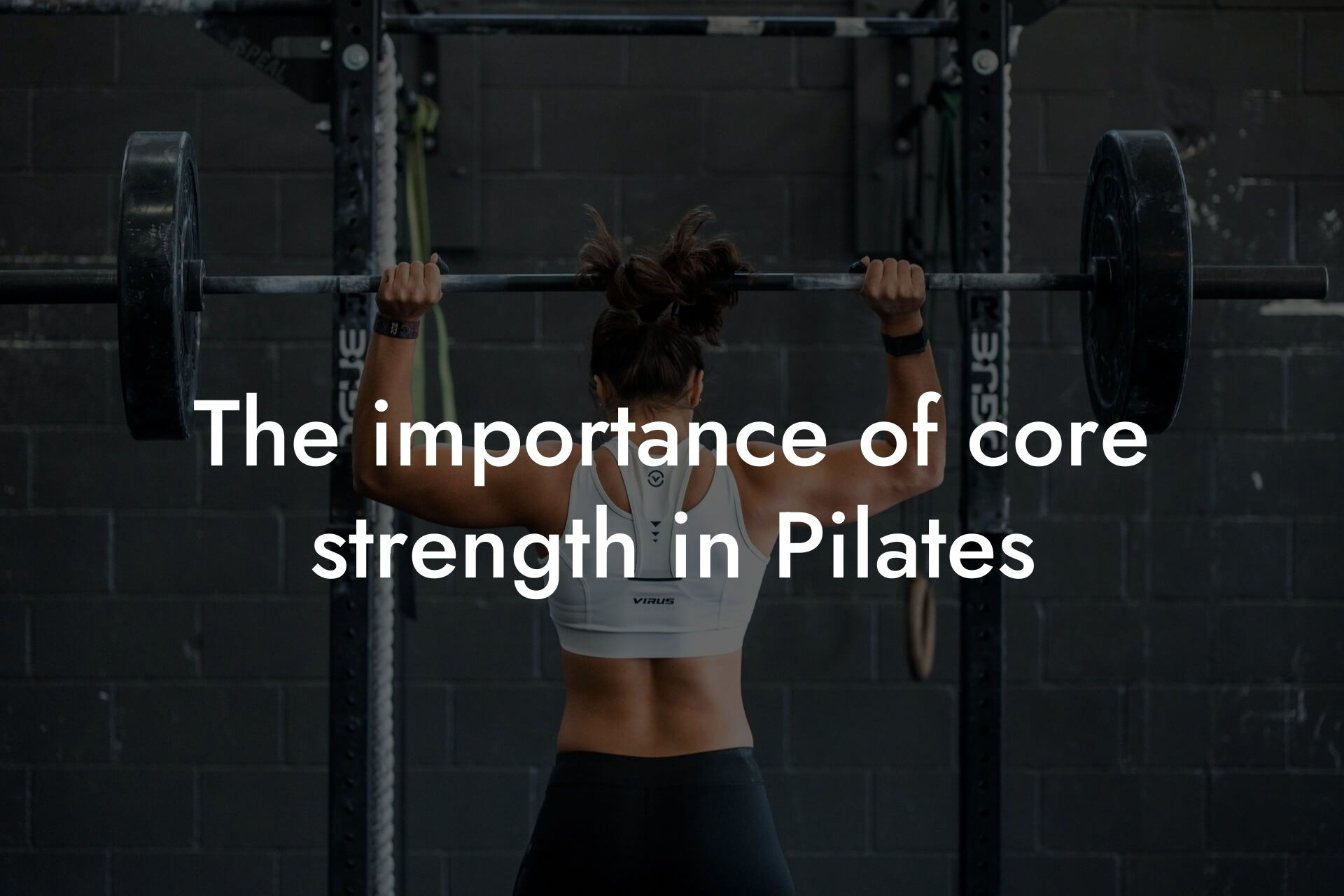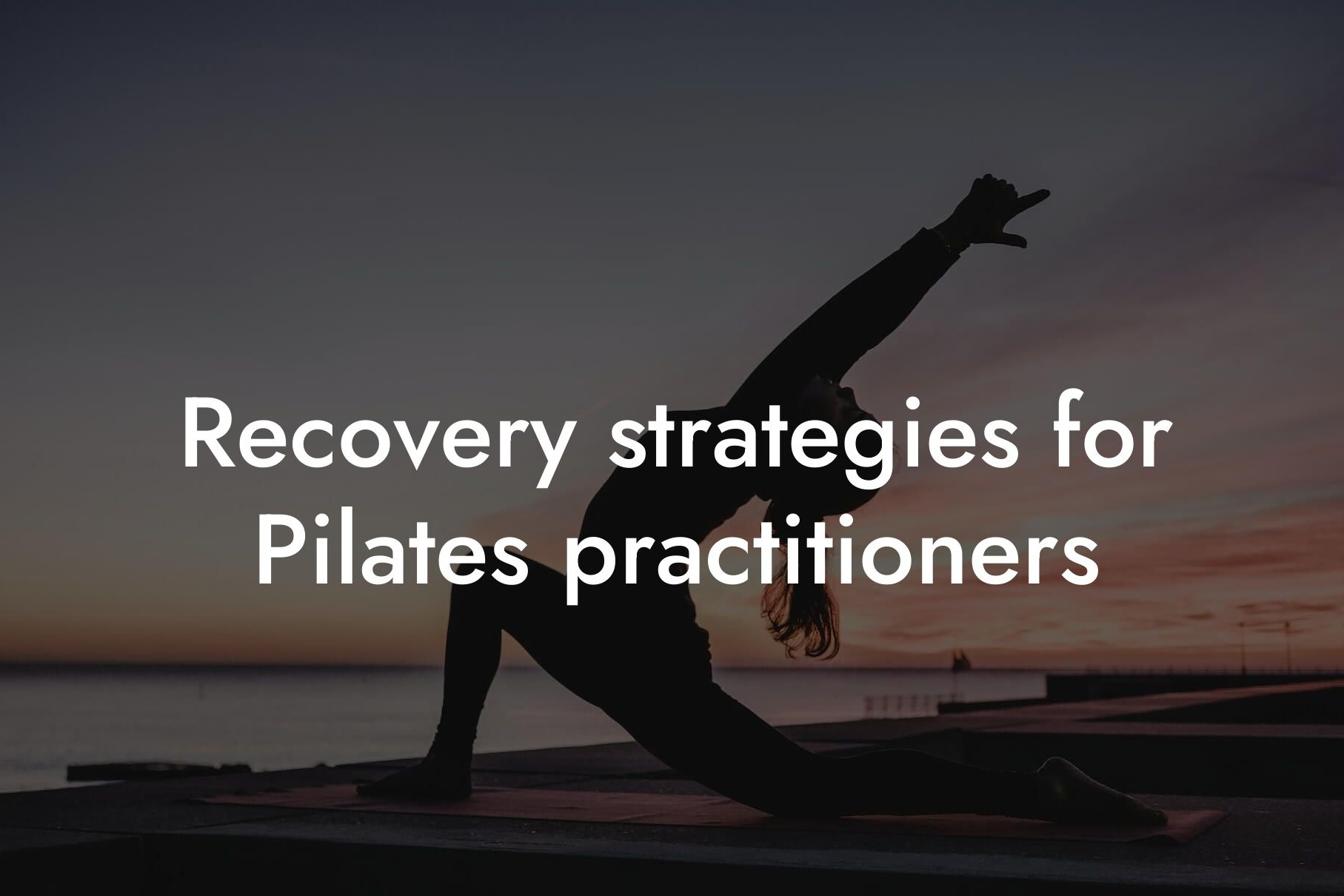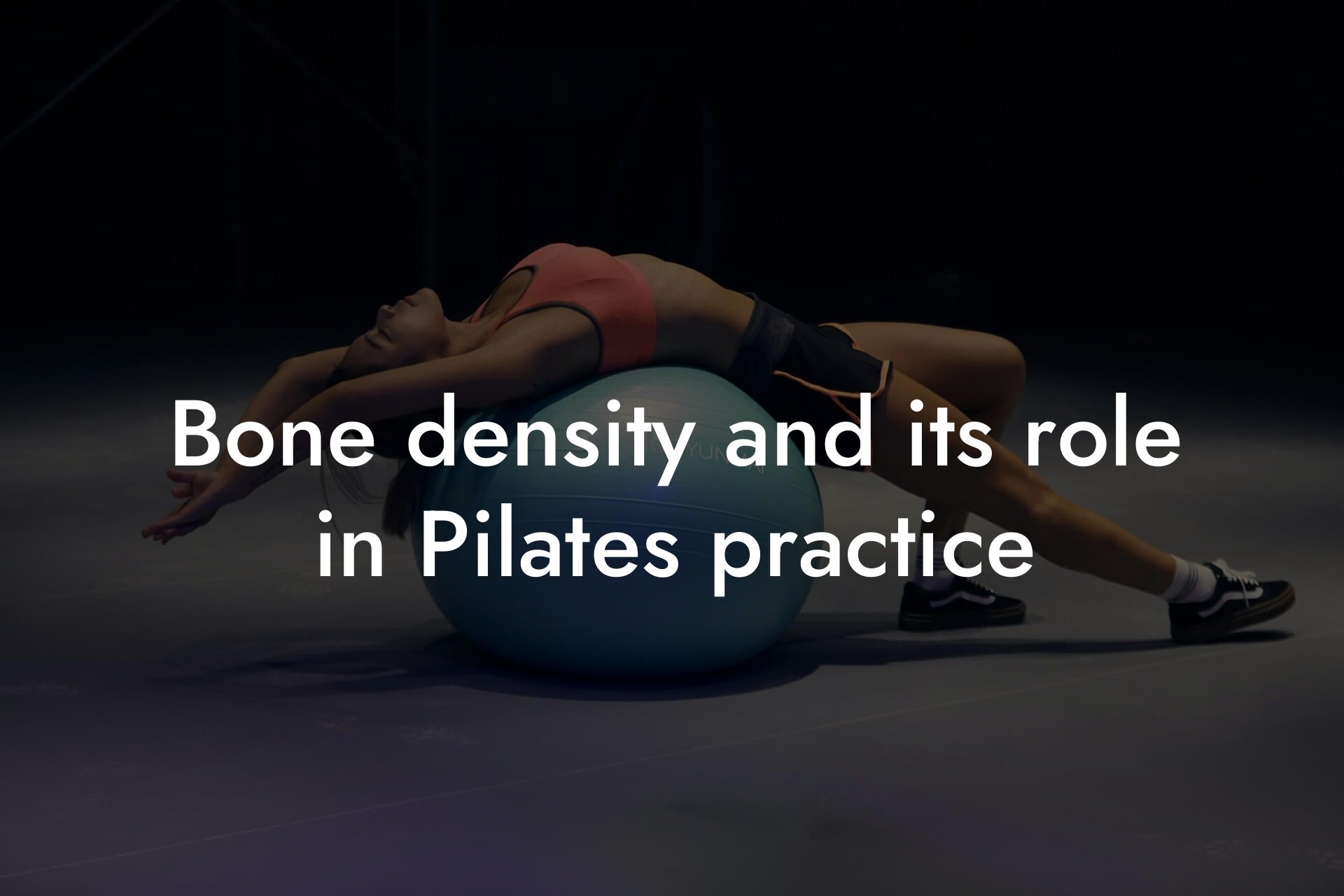As high-earning professionals, you understand the importance of maintaining a healthy and strong physical body to perform at your best. At Tano Performance Group, we believe that a well-conditioned body is essential to achieving success in both personal and professional life. One of the most effective ways to prevent injuries and aid in rehabilitation is through Pilates. In this article, we will delve into the world of Pilates, exploring its benefits, principles, and how it can be incorporated into your fitness routine for optimal results.
Table of Contents
What is Pilates?
Pilates is a form of exercise that focuses on strengthening the core muscles, improving flexibility, and enhancing posture. Developed by Joseph Pilates in the early 20th century, this low-impact form of exercise has been widely adopted by individuals from all walks of life, including athletes, dancers, and fitness enthusiasts. Pilates is based on six key principles: centering, concentration, control, precision, breath, and flow. These principles work together to create a balanced and efficient body that is capable of performing at its best.
Benefits of Pilates for Injury Prevention
Pilates is an excellent way to prevent injuries, particularly for individuals who engage in high-impact activities or sports. By strengthening the core muscles, improving flexibility, and enhancing posture, Pilates helps to reduce the risk of injury. Some of the specific benefits of Pilates for injury prevention include:
- Improved balance and coordination: Pilates helps to improve balance and coordination, reducing the risk of falls and injuries.
- Increased flexibility: Pilates increases flexibility, making it easier to move and perform daily activities without straining or injuring muscles.
- Stronger core: A strong core provides stability and support for the entire body, reducing the risk of injuries to the back, neck, and joints.
- Enhanced posture: Good posture reduces the risk of injuries by distributing weight evenly and reducing strain on muscles and joints.
Benefits of Pilates for Rehabilitation
Pilates is also an excellent way to aid in rehabilitation after an injury. By focusing on gentle, low-impact movements, Pilates helps to:
- Reduce pain and inflammation: Pilates helps to reduce pain and inflammation by promoting gentle, controlled movements that do not put excessive strain on the body.
- Improve range of motion: Pilates helps to improve range of motion, making it easier to move and perform daily activities without straining or injuring muscles.
- Strengthen surrounding muscles: Pilates helps to strengthen the muscles surrounding the injured area, providing additional support and stability.
- Enhance functional movement: Pilates helps to improve functional movement, making it easier to perform daily activities and return to normal life.
How to Incorporate Pilates into Your Fitness Routine
Incorporating Pilates into your fitness routine is easier than you think. Here are some tips to get you started:
- Find a qualified instructor: Look for a Pilates instructor who is certified and experienced in teaching Pilates.
- Start slow: Begin with gentle, beginner-friendly exercises and gradually increase intensity and difficulty as you become more comfortable.
- Focus on proper form: Pay attention to proper form and technique to ensure that you are getting the most out of your Pilates workout.
- Practice regularly: Aim to practice Pilates 2-3 times per week, ideally as part of a comprehensive fitness routine that includes cardio and strength training.
Pilates Exercises for Common Injuries
Here are some Pilates exercises that can help with common injuries:
- For back pain: The hundred, teaser, and rolling like a ball are excellent exercises for strengthening the core and improving posture, reducing the risk of back pain.
- For knee injuries: The side kick series, leg circles, and footwork exercises are excellent for strengthening the muscles surrounding the knee and improving range of motion.
- For shoulder injuries: The shoulder bridge, shoulder rolls, and chest expansion exercises are excellent for strengthening the muscles surrounding the shoulder and improving range of motion.
Common Misconceptions about Pilates
There are several common misconceptions about Pilates that may be holding you back from incorporating it into your fitness routine. Here are a few:
- Pilates is only for dancers and athletes: Pilates is beneficial for individuals of all fitness levels and can be modified to suit individual needs.
- Pilates is too easy: Pilates can be challenging, especially as you progress to more advanced exercises.
- Pilates is only for women: Pilates is beneficial for men and women alike, and can be an excellent way to improve overall fitness and athleticism.
In conclusion, Pilates is an excellent way to prevent injuries and aid in rehabilitation. By incorporating Pilates into your fitness routine, you can improve flexibility, strength, and posture, reducing the risk of injury and improving overall fitness. At Tano Performance Group, we believe that a well-conditioned body is essential to achieving success in both personal and professional life. By combining Pilates with our comprehensive body assessment using the DEXA machine, you can take your fitness to the next level and achieve optimal results.
Remember, Pilates is not just a form of exercise – it's a way of life. By committing to regular Pilates practice, you can improve your overall health and wellbeing, reducing the risk of injury and improving your overall quality of life.
Frequently Asked Questions
What is Pilates and how does it help with injury prevention and rehabilitation?
Pilates is a form of exercise that focuses on strengthening the core muscles, improving flexibility, and enhancing posture and body alignment. It helps with injury prevention and rehabilitation by identifying and addressing muscle imbalances, improving joint mobility, and promoting efficient movement patterns. By incorporating Pilates into your fitness routine, you can reduce your risk of injury, accelerate recovery, and improve overall physical performance.
How does Pilates differ from other forms of exercise?
Pilates is a unique form of exercise that combines elements of yoga, dance, and physical therapy to create a holistic approach to fitness. It emphasizes controlled movements, breathing techniques, and mental focus to engage the core muscles and promote overall physical awareness. Unlike other forms of exercise, Pilates is low-impact, making it an ideal option for individuals with injuries or chronic pain.
What are the benefits of Pilates for injury prevention?
The benefits of Pilates for injury prevention are numerous. It helps to improve flexibility, strength, and balance, reducing the risk of injury. Pilates also enhances proprioception (body awareness), allowing you to better sense the position and movement of your body, reducing the risk of injury. Additionally, Pilates improves posture, reducing the strain on joints and muscles, and promotes efficient movement patterns, reducing the risk of overuse injuries.
Can Pilates help with rehabilitation from an injury?
Absolutely! Pilates is an excellent rehabilitation tool for injuries. It helps to improve range of motion, strength, and flexibility, promoting a faster and more effective recovery. Pilates also helps to identify and address muscle imbalances, which can contribute to injury. By incorporating Pilates into your rehabilitation program, you can accelerate your recovery, reduce pain and inflammation, and improve overall physical function.
What types of injuries can Pilates help with?
Pilates can help with a wide range of injuries, including back pain, shoulder injuries, knee injuries, ankle sprains, and more. It's particularly effective for injuries that affect the muscles, joints, and connective tissues, such as tendonitis, ligament sprains, and muscle strains.
Do I need to have a background in Pilates to start a program?
No, you don't need to have a background in Pilates to start a program. Pilates is accessible to individuals of all fitness levels, and our experienced instructors will guide you through each exercise, modifying them to suit your needs and abilities.
How often should I practice Pilates for injury prevention and rehabilitation?
It's recommended to practice Pilates 2-3 times per week for injury prevention and rehabilitation. Consistency is key, so aim to practice Pilates regularly to see optimal results.
Can Pilates be modified for my specific injury or condition?
Absolutely! Our experienced instructors will work with you to modify exercises to accommodate your specific injury or condition. We'll help you develop a personalized program that addresses your unique needs and goals.
What is the difference between Pilates mat work and Pilates reformer work?
Pilates mat work involves performing exercises on a mat on the floor, using your own body weight as resistance. Pilates reformer work involves using a specialized machine called the reformer, which provides resistance to help strengthen and tone the muscles. Both forms of Pilates are effective for injury prevention and rehabilitation, and our instructors can help you determine which is best for your needs.
Can Pilates help with chronic pain management?
Yes, Pilates can be an effective tool for chronic pain management. By improving posture, strengthening the core muscles, and enhancing flexibility, Pilates can help reduce chronic pain and improve overall physical function.
How does Pilates improve bone density?
Pilates helps improve bone density by promoting weight-bearing exercises, which stimulate bone growth and density. Additionally, Pilates exercises that focus on strengthening the core muscles and improving posture can help reduce the risk of osteoporosis and fractures.
Can Pilates help with weight loss?
Yes, Pilates can be an effective tool for weight loss. By building lean muscle mass, improving metabolism, and enhancing overall physical function, Pilates can help you achieve your weight loss goals.
How does Pilates improve body fat percentage?
Pilates helps improve body fat percentage by building lean muscle mass, which increases metabolism and burns more calories at rest. Additionally, Pilates exercises that focus on strengthening the core muscles and improving posture can help reduce body fat percentage.
Can Pilates help with improving physique?
Absolutely! Pilates can help improve physique by building lean muscle mass, improving posture, and enhancing overall physical function. By incorporating Pilates into your fitness routine, you can achieve a stronger, leaner, and more toned physique.
How does Pilates improve athletic performance?
Pilates can improve athletic performance by enhancing strength, power, speed, and agility. It also improves flexibility, balance, and coordination, reducing the risk of injury and improving overall physical function.
Can Pilates be used as a form of cross-training?
Yes, Pilates can be an excellent form of cross-training for athletes. It helps improve strength, flexibility, and overall physical function, reducing the risk of injury and improving athletic performance.
How does Pilates improve mental focus and concentration?
Pilates requires mental focus and concentration, which can help improve cognitive function and reduce stress. By incorporating Pilates into your fitness routine, you can improve your mental clarity, focus, and overall well-being.
Can Pilates be practiced at home or do I need to attend a studio?
You can practice Pilates at home or attend a studio, depending on your preference. Our website offers online classes and tutorials, as well as in-studio sessions with experienced instructors.
How do I know if I'm doing Pilates correctly?
Our experienced instructors will guide you through each exercise, providing feedback and correction to ensure you're performing Pilates correctly. Additionally, we offer online tutorials and classes that provide step-by-step instructions and demonstrations.
What is the difference between Pilates and physical therapy?
While Pilates and physical therapy share some similarities, they are distinct disciplines. Pilates is a form of exercise that focuses on strengthening the core muscles, improving flexibility, and enhancing posture and body alignment. Physical therapy, on the other hand, is a medical discipline that focuses on diagnosing and treating injuries and conditions. Our instructors work closely with physical therapists to develop Pilates programs that complement and enhance physical therapy protocols.
Can Pilates be used in conjunction with other forms of exercise?
Absolutely! Pilates can be used in conjunction with other forms of exercise, such as weightlifting, cardio, and yoga, to create a well-rounded fitness program. Our instructors can help you develop a personalized program that incorporates Pilates with other forms of exercise to achieve your fitness goals.
How long does it take to see results from Pilates?
Results from Pilates can vary depending on your starting point, consistency, and goals. However, many individuals start to see improvements in flexibility, strength, and posture within 4-6 weeks of regular practice.
Is Pilates suitable for all ages and fitness levels?
Absolutely! Pilates is suitable for individuals of all ages and fitness levels. Our experienced instructors will work with you to develop a personalized program that addresses your unique needs and goals, regardless of your age or fitness level.
Here are some related articles you might love...
- The importance of core strength in Pilates
- Recovery strategies for Pilates practitioners
- Bone density and its role in Pilates practice
- Nutrition tips for maximizing energy during Pilates sessions
- How body composition impacts Pilates performance
- Using DEXA scans to optimize Pilates training
- How to integrate Pilates into a balanced fitness routine
- Reducing body fat for improved Pilates results
- Maintaining flexibility and muscle tone with Pilates
Zak Faulkner
Zak Faulkner is a leading authority in the realm of physical health and body composition analysis, with over 15 years of experience helping professionals optimise their fitness and well-being. As one the experts behind Tano Performance Group, Zak has dedicated his career to providing in-depth, science-backed insights that empower clients to elevate their physical performance and overall health.
With extensive knowledge of DEXA technology, Zak specializes in delivering comprehensive body assessments that offer precise data on body fat, muscle mass, bone density, and overall physique. His expertise enables individuals to make informed decisions and achieve their fitness goals with accuracy and confidence. Zak’s approach is rooted in a deep understanding of human physiology, combined with a passion for helping clients unlock their full potential through personalised strategies.
Over the years, Zak has earned a reputation for his commitment to excellence, precision, and client-focused service. His guidance is trusted by top professionals who demand the best when it comes to their health. Whether advising on fitness programs, nutritional strategies, or long-term wellness plans, Zak Faulkner’s insights are a valuable resource for anyone serious about taking their health and fitness to the next level.
At Tano Performance Group, Zak continues to lead our Content Team revolutionising how professionals approach their physical health, offering unparalleled expertise that drives real results.




